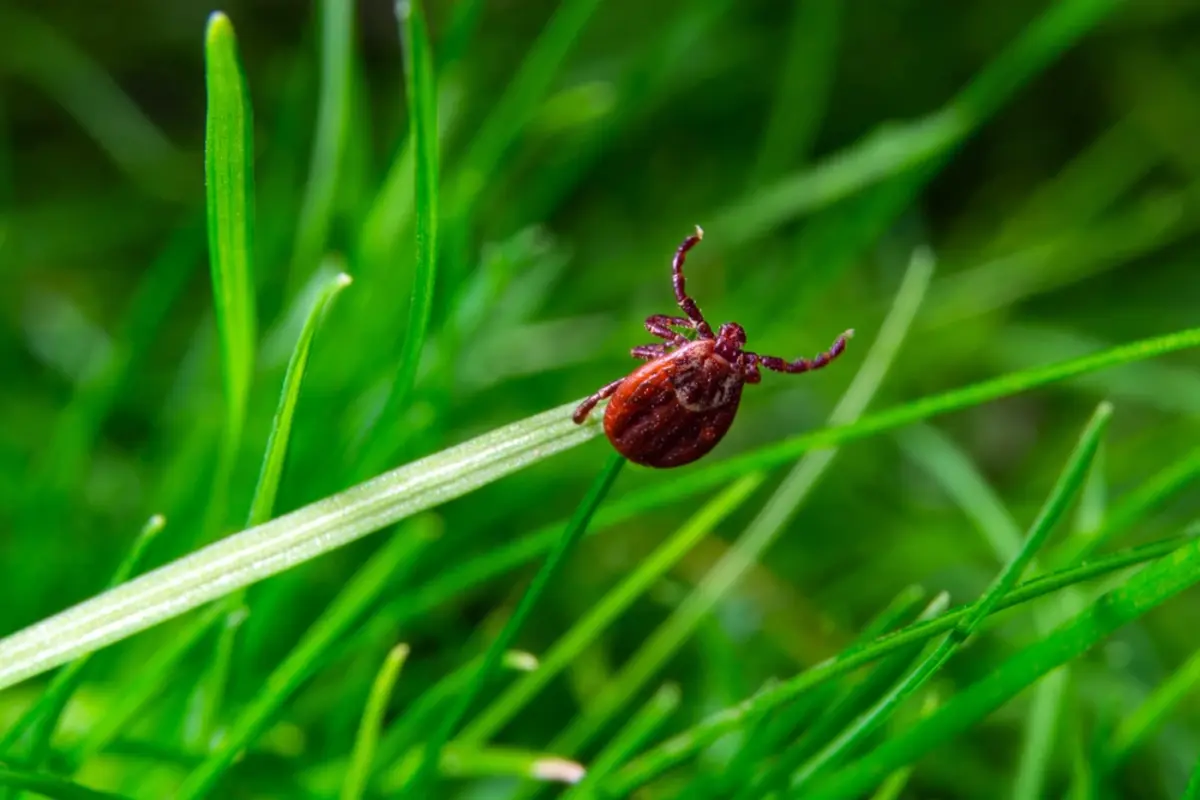
How MMJ Health Helps Patients with Lyme Disease
Lyme disease is a bacterial infection caused by the Borrelia burgdorferi bacterium, which is transmitted to humans through the bite of an infected tick. This disease is prevalent in certain parts of the United States with dense woods and grassy areas and can cause severe health complications if left untreated. The condition manifests in three stages, with the initial symptoms resembling flu-like illness, followed by more severe symptoms affecting the joints, heart, and nervous system if left untreated.The symptoms of Lyme disease vary and can be similar to those of other illnesses, which can make it difficult to diagnose. However, early detection and treatment can lead to a full recovery. In this blog post, we will explore the symptoms and types of Lyme disease, as well as the best cannabis strains to help someone with Lyme disease.
While medical marijuana is not a cure for Lyme Disease, it may offer potential benefits in managing certain symptoms. The cannabinoids found in medical marijuana, such as THC and CBD, possess anti-inflammatory and analgesic properties that could help alleviate the chronic pain, joint stiffness, and muscle aches commonly associated with Lyme Disease. Additionally, medical marijuana may aid in reducing inflammation, improving appetite, and supporting better sleep quality, which can be beneficial for individuals struggling with the physical and psychological toll of Lyme Disease. However, it’s essential to consult with healthcare professionals at MMJ Health to discuss individual circumstances and determine the most suitable treatment approach.


Lyme Disease is primarily caused by the bacterium Borrelia burgdorferi, which is transmitted to humans through the bite of infected black-legged ticks, commonly known as deer ticks. These ticks are prevalent in wooded and grassy areas, particularly in regions where Lyme Disease is endemic. When an infected tick attaches itself to a person and feeds on their blood, it can transmit the bacteria into the individual’s bloodstream, leading to the development of Lyme Disease. It’s important to be aware of the causes to take necessary precautions and seek appropriate medical attention if exposure occurs. Here are the causes of Lyme Disease:
Needless to say, it’s utterly important to be vigilant in tick-prone areas.

Lyme Disease can present a wide range of symptoms that may vary depending on the stage of the infection. Early recognition of these symptoms is crucial for prompt diagnosis and treatment. Here are the common symptoms of Lyme Disease:
It is important to note that not everyone with Lyme disease will develop a bullseye rash, and some people may not experience any symptoms at all. If you suspect you have been bitten by a tick or are experiencing any of these symptoms, it is crucial to seek medical attention.
To diagnose Lyme Disease, a doctor will typically perform the following steps:

It’s important to note that diagnosing Lyme disease can be challenging because its symptoms can be similar to other conditions, and not everyone with Lyme disease will have a rash. If you suspect you may have Lyme disease, it’s important to see a healthcare provider as soon as possible.
Some terpenes have been found to have potential in managing the symptoms of Lyme disease. Here are some terpenes that may be beneficial:
known for its relaxing and sedative properties, may help with pain and inflammation. It also promotes better sleep, which can be beneficial for individuals with Lyme Disease experiencing discomfort and insomnia.
With its uplifting and mood-enhancing effects, limonene may assist in reducing feelings of depression and anxiety that can sometimes accompany chronic illnesses like Lyme Disease.
has anti-inflammatory properties and may help with pain and anxiety. It also interacts with the body’s endocannabinoid system, which could contribute to its therapeutic effects.
This terpene is recognized for its potential anti-inflammatory properties. It may assist in managing inflammation-related symptoms and supporting the immune system, which can be important in Lyme Disease management.
Certain cannabis strains may help alleviate some of the symptoms associated with the condition. Here is one our knowledgeable medical marijuana doctors strongly recommend to patients suffering from Lyme Disease:
This sativa-dominant hybrid is a cross between Cinderella 99 and Vortex. It seduces consumers with its aroma of fresh pine and citrus and its flavor that ranges from earthy skunk to sweet citrus. It’s popular amongst cannabis users interested in building a positive mindset, stimulating creative energy, a better mood and a clear head. Cinex is popular in patients with Lyme Disease as it may help ease the dizziness and the memory problems as well as reduce the fatigue.
There are several online tools and resources available for Lyme Disease. Here are some of the best:

Lyme Disease can cause a wide range of symptoms that can have a significant impact on a person’s quality of life. However, with the right diagnosis and treatment plan, many people are able to manage their symptoms and improve their overall health. Medical marijuana is one potential option for people with Lyme disease who are looking for alternative treatment options. It has been shown to help alleviate some of the symptoms associated with the disease, such as pain, inflammation, and anxiety. If you are interested in exploring medical marijuana as a treatment option for Lyme disease, consider booking an appointment with MMJ Health, a medical marijuana doctor in Florida with 9 locations. Our knowledgeable and compassionate team can help you determine if medical marijuana is right for you and guide you through the process of obtaining a medical marijuana card.
In conclusion, living with Lyme Disease can present numerous challenges, but there are options available to help manage its symptoms and improve your quality of life. Medical marijuana has shown promise in providing relief from pain, inflammation, anxiety, and other symptoms associated with Lyme Disease. If you or a loved one are seeking alternative treatment options, consider booking an appointment with MMJ Health. With their 9 convenient locations in Florida and a team of friendly and knowledgeable staff, MMJ Health is committed to providing the best care and guidance for medical marijuana in the state. Take the first step towards finding relief and schedule your appointment today. Your journey towards improved well-being starts here with MMJ Health.
One of the biggest struggles for individuals with Lyme Disease is the often complex and elusive nature of the condition. Lyme Disease can manifest in a variety of ways and its symptoms can be challenging to diagnose and manage. Many individuals face difficulties in obtaining an accurate diagnosis, as the symptoms can mimic other conditions and the testing methods may not always be definitive. Additionally, the fluctuating nature of symptoms and the potential for chronic or persistent symptoms can greatly impact daily life, leading to physical and emotional challenges. Navigating treatment options, finding knowledgeable healthcare professionals, and dealing with the financial burden of ongoing care are also significant struggles. It is important for individuals with Lyme Disease to have access to comprehensive support, resources, and healthcare professionals who understand the complexities of the condition and can provide the necessary guidance and care.